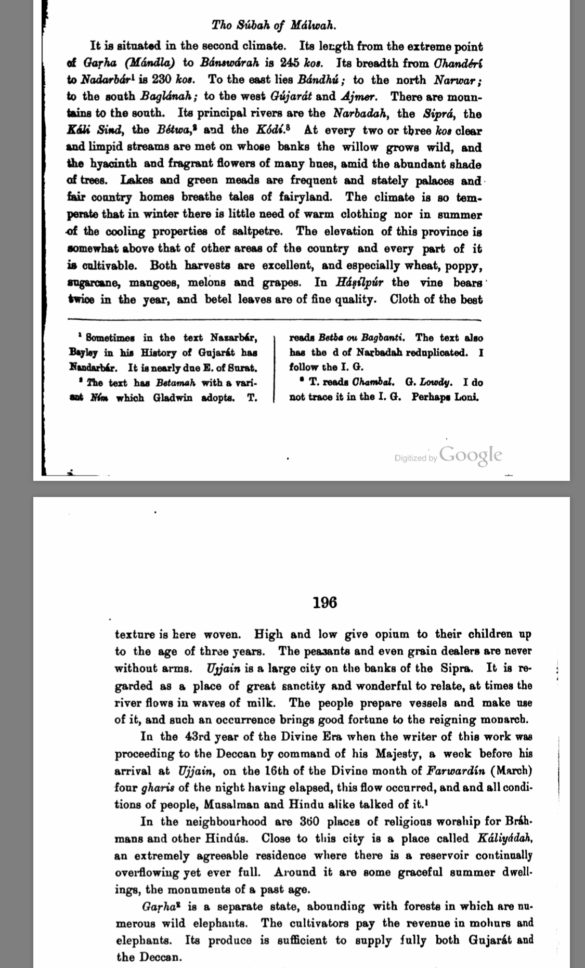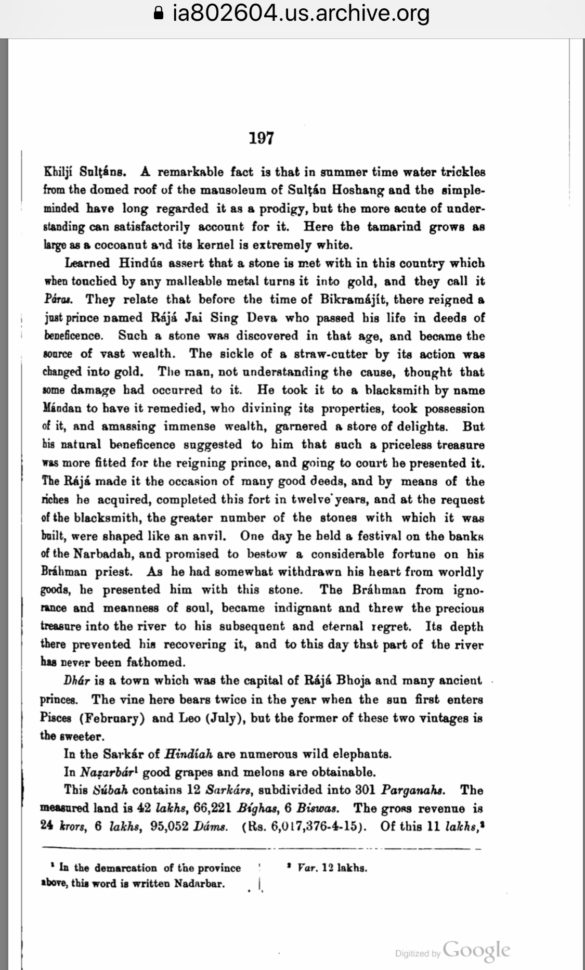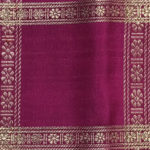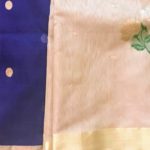Two clouds passed over a parched land. They took pity on the toiling natives. “Oh, how hot they look,” exclaimed the kind clouds. Smiling, they descended from the heavens and wrapped the delighted women within their soft folds.
“Woven air,” cried the women.
And thus the Chanderi weave was born.
Yes, I know, it is a fanciful tale. I made it up to describe the weightless feeling that you get when wearing a Chanderi saree.
It is a lovely cluster, this one. Not as weighed down by history as some of the others. Weavers here adhere to some rules, but shrug off others very easily. Chanderi sarees meant pastel shades, but now we have chili red (thanks to Sreedevi in English Vinglish), bottle green (thanks to Anushka Sharma’s instagram photo) and other jewelled tones.
In this edition, you will meet some of the male and female weavers who make this saree possible. You will see their lives and how they think. You will get a sense of their challenges and the continuity that they epitomize. And you will enjoy the colours and motifs of the Chanderi saree.
Rabindranath Tagore said, “Clouds come floating into my life, no longer to carry rain or usher storm, but to add color to my sunset sky.” He could well have been talking about the Chanderi saree.
Welcome to Chanderi. Read on.
Sarees and Safas: an unequal history
Anyone interested in the history of the Chanderi saree will repeatedly hear one thing. The early weavers used to weave pure cotton turbans and safas for royalty. These 50 metre long turbans were typically unbleached fine cotton with a high thread count. Every weaver we spoke to in Chanderi said that their forefathers began by weaving “safas” or turbans for royalty. The sarees only came after the royals lost their titles, which is post-Independence. The Chanderi saree’s hoary history is under a century old. It is as old as India the nation.
References to Chanderi town however go back to the Ain-i-Akbari and can be read here.
“Cloth of the best texture is here woven,” it says. See below. “High and low give opium to their children,” it also says.
“Nature uses only the longest threads to weave her patterns, so that each small piece of her fabric reveals the organization of the entire tapestry.” Richard Feynman.






